At a fruit shop on Le Trong Tan Street (Tay Thanh Ward, Ho Chi Minh City), many types of imported fruits are on sale. Among them, Ruby grapes are introduced by the staff as American grapes but have a quite cheap price, only 79,000 VND/kg. To create trust for customers, the price sign also has the word "American" added to confirm the origin.
When asked why American grapes are so cheap, the store employee said it's because it's in season and there are a lot of imported goods so the price has dropped.
The reporter's observations show that, in addition to red grapes introduced as American grapes, the store also sells many other types of fruit such as apples, pears, tangerines, crispy persimmons, kiwis, etc. All are introduced as imported goods, but the selling price is unusually cheap compared to the general market level.
For example, American red grapes at other imported fruit stores are often publicly priced from 250,000 - 300,000 VND/kg, while Korean brown pears also range from 150,000 - 200,000 VND/kg.
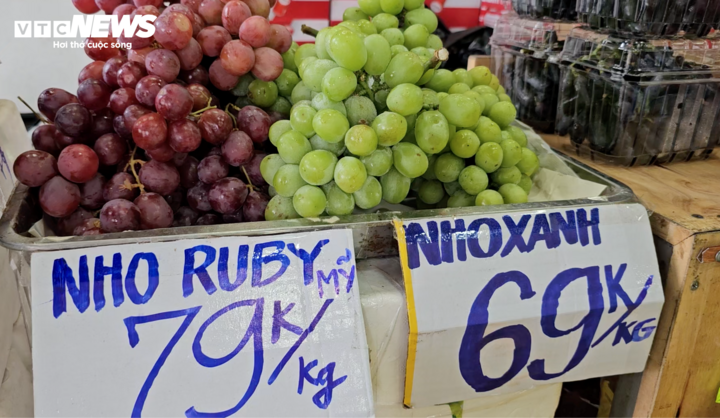
Many consumers, when seeing fruits sold at cheap prices and the sellers claiming they are imported from the US, Korea, etc., are willing to buy them without carefully researching the true origin of these fruits.
Ms. Nguyen Thi Hang (residing in Tan My ward, Ho Chi Minh City) said: " When the seller said it was Korean peony grapes but the price was only 1/3 compared to other places, I was surprised but thought it was probably a promotional product so I bought it to try. After eating it, I found it tasted bland, not like the peony grapes I had eaten even though it looked the same on the outside ."

Unclear origin, difficult to control
In many small fruit markets and stores in Ho Chi Minh City, the situation of fruits labeled as “imported” at unusually low prices is quite common. Many types have stamps and labels in English or Chinese, but most do not have QR codes to trace their origin.
A vendor at Tan Dinh market admitted: “ Most of these fruits are imported from wholesale markets. They say they are from China or Thailand, so I just resell them. Many customers prefer American and Korean products, so when I sell them, I say they are American and Korean fruits to make it easier to sell and the price is also very reasonable, not expensive because I import them cheaply .”
According to a fruit supplier at Thu Duc agricultural wholesale market, Chinese fruits are currently imported in very large quantities at low prices, so some small retailers have taken advantage of this by "mislabeling" them as American, Australian, or Korean goods in order to sell them at higher prices.
In the first 9 months of this year, the total amount of imported fruits at Thu Duc Agricultural Wholesale Market reached more than 218,900 tons, of which imported fruits accounted for 53,305 tons (21% of the total amount of fruits), down nearly 21% compared to the same period in 2024. Notably, fruits originating from China accounted for 46,602 tons, equivalent to 87% of the total imported goods.

According to Mr. Nguyen Binh Phuong, Director of the Business Department of Thu Duc Agricultural Market Management and Business Joint Stock Company, to control the origin of goods, the market has closely coordinated with Team 2 - Ho Chi Minh City Department of Food Safety in checking the legal documents and food safety conditions of business units. In the first 9 months of the year, 406 business locations were inspected, all of which met the requirements.
“ All goods entering the market must have their origin, quantity and documents clearly registered. For imported goods, traders must present a transportation contract, a certificate of plant quarantine and food safety, and a Vietnamese sub-label. We absolutely do not allow the exchange of labels or the incorrect labeling of the origin of goods ,” Mr. Phuong affirmed.
However, in reality, the process of goods leaving the wholesale market to be distributed to traditional markets and small retail stores is a "gap" in the origin control stage. Fruits imported to the wholesale market all have clear packaging and labels of origin. But when passing through the hands of traders, reaching retail stalls or small stores, those labels gradually disappear.
Instead, the products are displayed with attractive descriptions such as “American grapes”, “Korean pears”, “Australian apples”… even though there is no traceability information. The sellers firmly assert that these are genuine imported products, while consumers have no idea that most of them are cheap Chinese fruits that have been “renamed” to make them easier to sell.

According to experts, this is the weakest link in the current imported fruit distribution chain. Once the goods leave the wholesale market management system, the control of origin depends almost entirely on the awareness of traders and retailers.
As a result, the fruit market has become blurred, making it difficult to distinguish between real and fake products, making it easy for consumers to be deceived. Meanwhile, imported goods with clear documents and inspections are subject to unfair competition.
Experts say that, in the context of foreign fruits increasingly flooding the market, controlling the origin and transparency of labels is not only the responsibility of the management agency but also requires the coordination of distribution centers, supermarkets and consumers. If not tightened, the situation of "ambiguous origin" will continue to distort the market, affecting the interests of consumers.
To protect their rights and health, consumers should choose to buy imported fruits at reputable supermarkets and stores, where the goods are inspected, have full documents, clear labels and traceable origin.
Prioritizing official distribution channels not only helps buyers feel secure about quality and food safety, but also contributes to preventing commercial fraud and "ambiguity" in the origin of fruits that are taking place in the market today.
In the first 9 months of 2025, Vietnam's fruit and vegetable import turnover reached approximately 1.91 billion USD, an increase of 14.9% over the same period in 2024. In the supply structure, China continues to be the market with the largest proportion, reaching 668.64 million USD, equivalent to 35.04% of Vietnam's total fruit and vegetable import turnover. The US is the second largest market for fruit and vegetables, with a nine-month turnover of 413.72 million USD, up 35.7% over the same period, accounting for 21.6% of total imports. Australia is second, reaching 127.39 million USD, up 7.5%, accounting for nearly 6.7%. China continues to be the main supplier, meeting most of Vietnam's demand for imported fruits and vegetables. With advantages in stable output, competitive prices and continuous supply, this market still maintains its number one position among Vietnam's agricultural trade partners. | |
Source: https://baolangson.vn/trai-cay-nhap-ngoai-gia-re-bay-ban-tran-lan-5063487.html












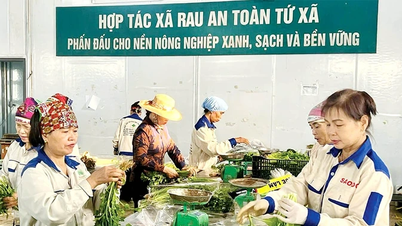


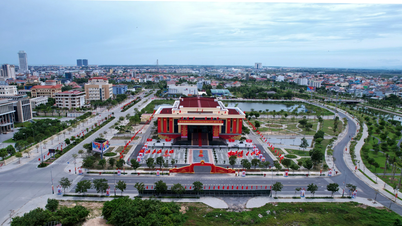

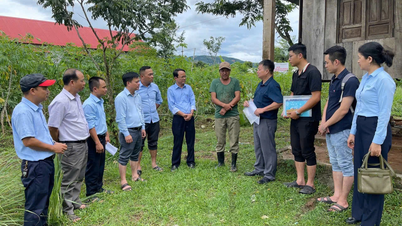




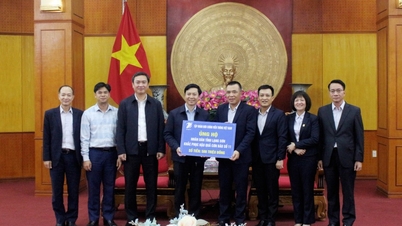

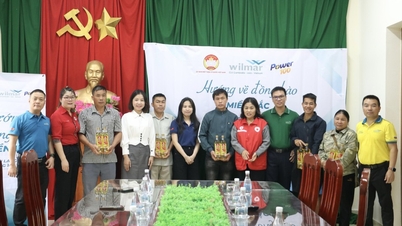






























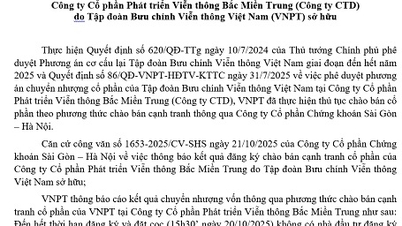
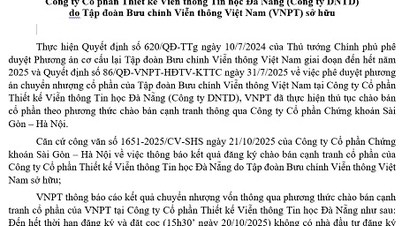
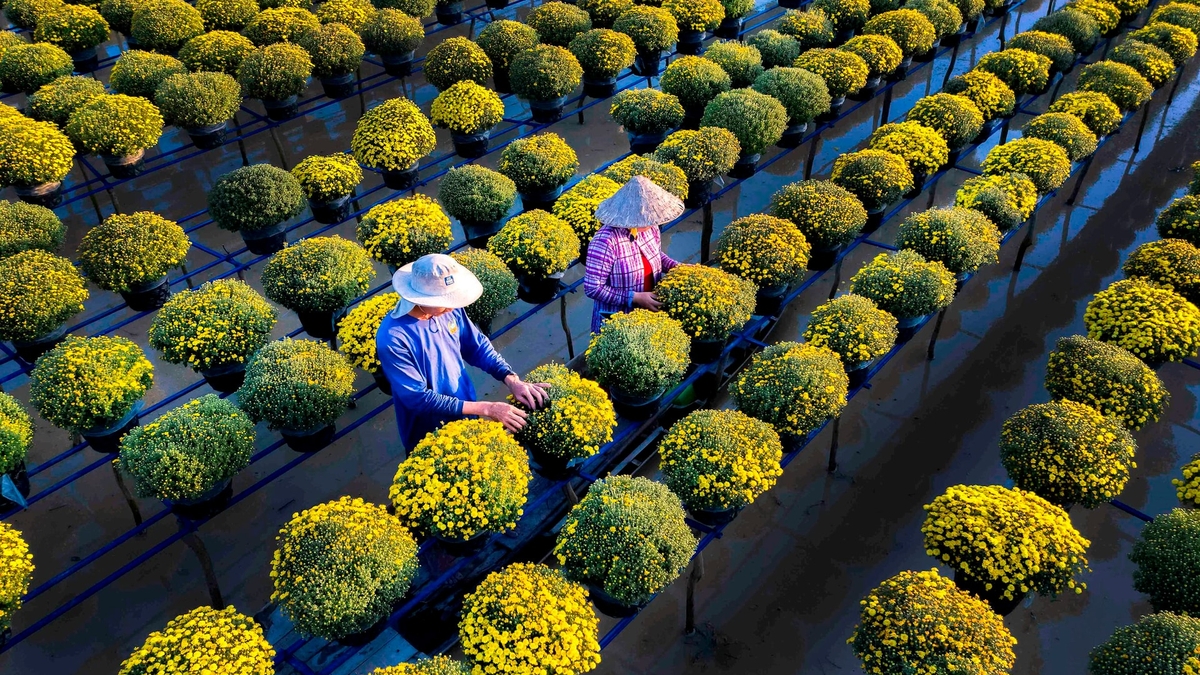













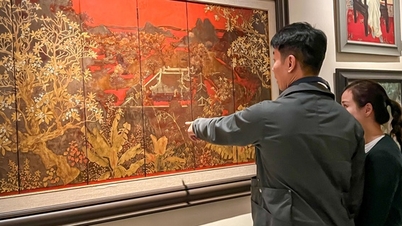





























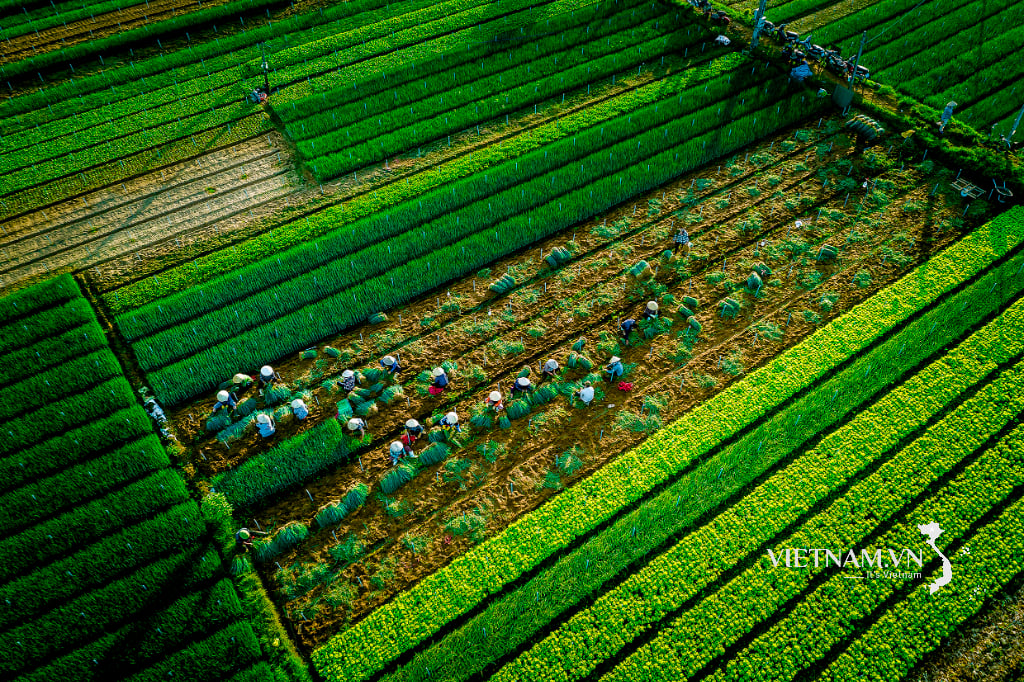


Comment (0)